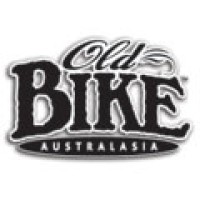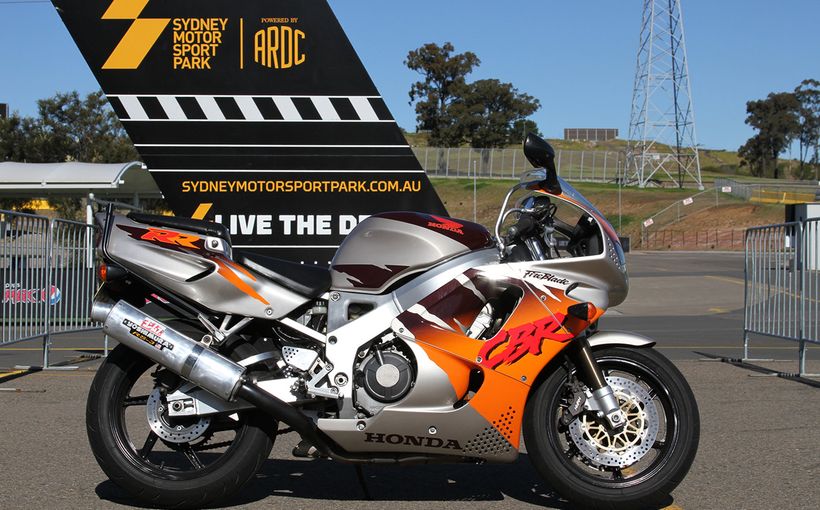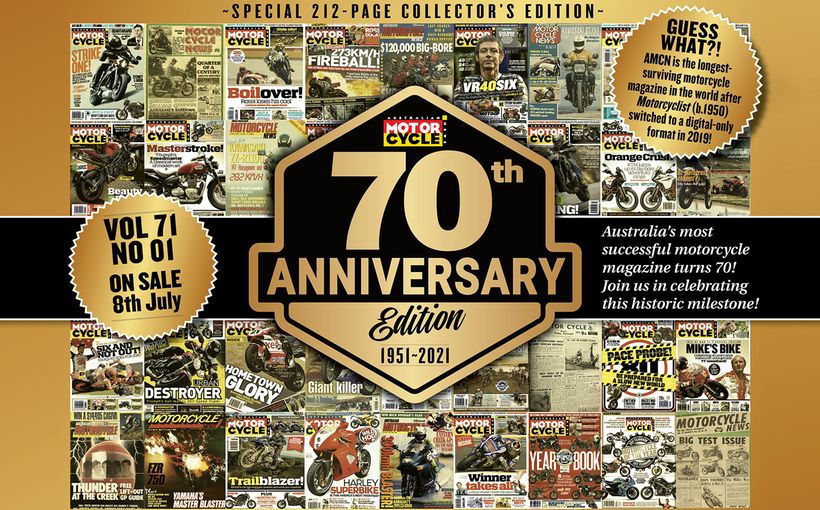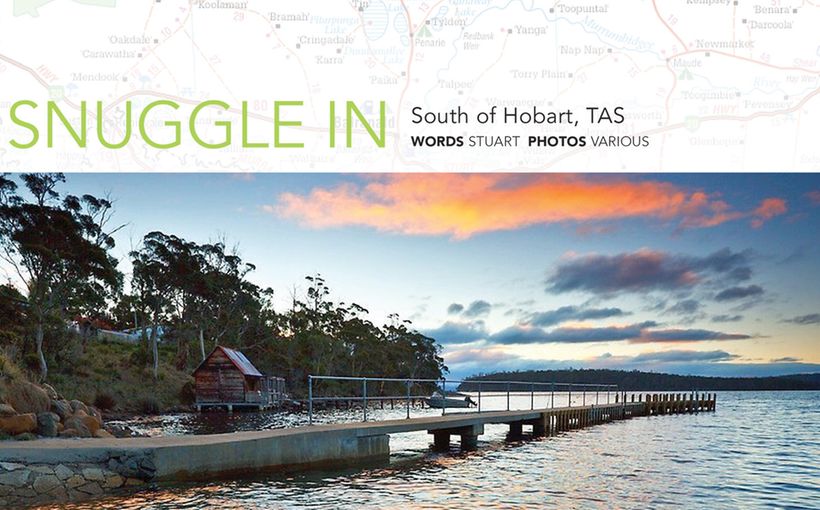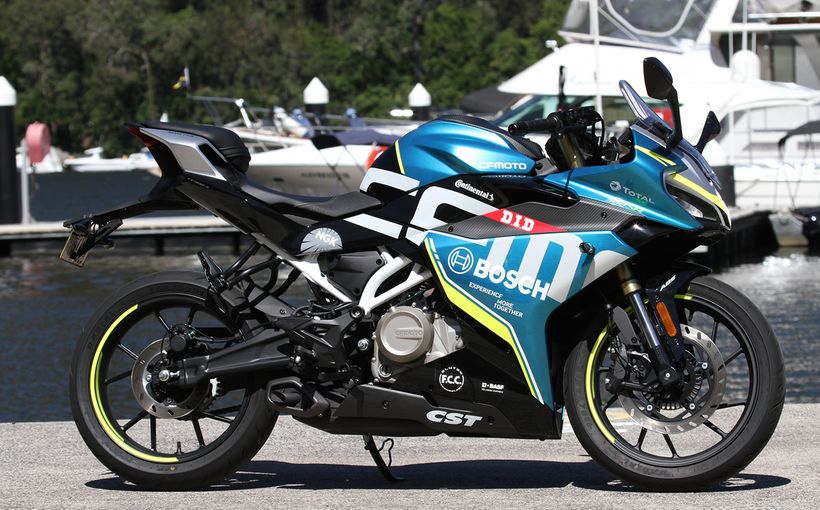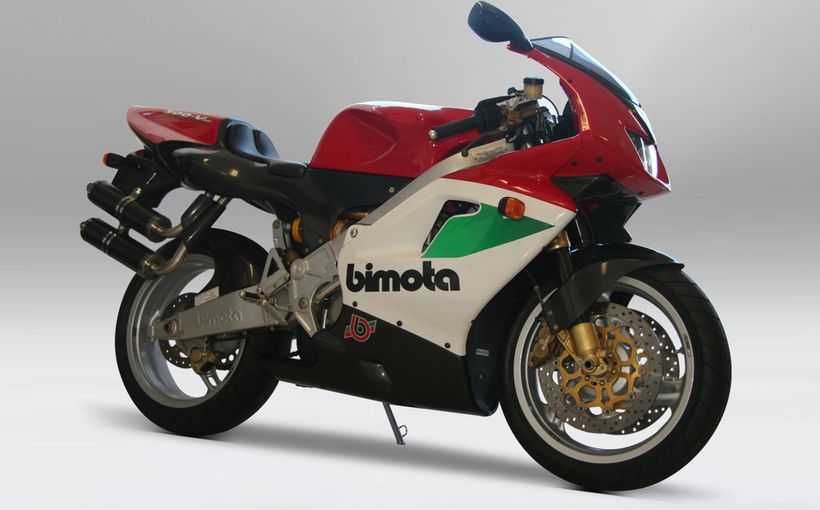
BSA V-twins are not exactly revered for their technical brilliance. That’s why Doug Fraser decided to make his own. Doug’s business, EMU Engineering workshop in Melbourne is an organised clutter of motorcycles, motorcycle parts, and what pays the bills, electrical components, for Doug is actually an electrical engineer. However he is also a skilled pattern maker and machinist, and his real passion is tackling the weirdest, most impossible projects.
For many years, Doug had been interested in v-twin BSAs, but was under no illusions about the many shortcomings of the design that began with the side-valve 770cc Model E of 1919. This, and the subsequent 986cc model, was intended for sidecar work, with extended wheelbases and few concessions to lightness. The v-twins were redesigned in the 1930s to reappear in ohv 498cc and 748cc form, still mainly aimed at the sidecar market, but with a few tweaks to make them more suitable for solo work. The bulk were sold for military, police and diplomatic work, but when the legendary ex-Ariel and ex-Triumph designer Val Page appeared on the scene, subtle changes were made to produce the Y13, the closest thing yet to a sporting V-twin BSA.
However even this final incarnation of the BSA v-twin didn’t thrill Doug Fraser. “The Y13 had side by side conrods and in-line cylinders. This means the gudgeon pins have to be offset which side-loads the pistons and prevents any decent power or performance. In about 1938 the 1,000cc side-vale BSAs went to a male/female rod but they were still a very old-style engine with total-loss oiling and a small and fragile big end system.”
Midnight oil
So Doug’s hankering for a v-twin with reasonable performance and handling had only one solution; he had to build his own. “I thought of the idea a few years back, but it always seemed to end up in the too-hard basket. Other projects, and never enough time, seemed to be the never-ending excuse. Eventually, I put the excuses (as well as my normal work) to one side and got into it. After dinner, and much to my very understanding wife’s dismay, I would drag out bits of BSA singles and start designing. “
In deference to Val Page he has christened the machine the Empire Twin. “The design is inspired by Val Page and I felt that if he had been given a tap on the shoulder and asked how he would do it, this could be the answer. By 1938 v-twins weren’t the flavour of the month. If you wanted to go fast you had a sporting 500 parallel twin or a sporting single. The only new v-twin to come on the market at this time was the Knucklehead Harley, probably because of police and military orders where they needed something functional. Val’s 500 OHC twin was one of two twin designs he worked on, but nobody knows what the other one was – you can surmise it could have been a v-twin.”

Doug’s creation – we’ll refer to it as the Empire Twin from here on – looks for all the world as if it came straight out of Small Heath, and there are good reasons for that. The cylinder heads are from 1937 and 1938 Empire Stars, welded and modified, but below that, everything is hand made in the Fraser workshop. He made the patterns for the crankcases and cylinders and had them cast at a local foundry. “If you take this engine out of the frame you can bolt any BSA engine straight in. This engine will not bolt into a BSA frame because of the width, but the hole centres are exactly the same. From the centre-line of the crankshaft down it is virtually identical, although the crankcases are a lot heavier than BSA ones and a lot bigger in the mains. It was a lot of fiddling to machine all the oil pump holes.”
The Empire twin displaces 1120cc, with a bore and stroke of 87 x 94 and a 9:1 compression ratio. Barrels are alloy, but painted black to look like the iron items of the period, with cast-iron sleeves. “ I used drive-side flywheels from an M20,” says Doug, “because of the heavier mainshaft on the drive side and because they don’t have oil holes. I wanted to put my own oilways in, thereby making the crank a lot stronger. I pushed out the mainshafts and rebored the tapers to suit the S&S tapered crankpin and also took the thrust washers out of the flywheels and so was able to build a set of v-twin flywheels that were only a quarter of an inch wider than the single (M20) flywheels. I use American “knife and fork-type” S&S 1000 Sportster rods which are very strong and by coming up on the mainshaft size on both sides, I can now run dual main bearings on the timing side as well as the drive side – an all-roller construction on the bottom end, whereas BSA normally used a combination of ball races and rollers.”

Let ‘er rip
The pushrod tube sealing system is Doug’s own design, carefully shaped to look like those on the B31/33 singles, but with double O-rings machined into the top. “The 1937 Empire Star used a flat surface clamped to a flat surface, which leaked, and the 1938 model used a slightly different system, which also leaked. This system is completely oil tight. On early BSAs a hole on the crankcase face was drilled and tapped as an oil indicator, but I have used it to pressure-feed the overhead gear. I’ve done pressure tests and it doesn’t seem to affect the bottom end pressure.”
After 700 hours of work, which included design, patterns, basic jigs and fixtures, machining and assembly, the engine was fired up on a test bed. “Right”, said Doug to himself, “that’s the tricky bit done! Now for the chassis.” The frame is a “stretched” M20, on which the front diamond has been lengthened by six inches to fit the engine. “I used a different model steering head and heated and sand-bent the tubes to get the extra length between the steering head and the centre frame tube. This gives a 56-inch wheelbase which is still fairly short for a v-twin. The BSA v-twins were very long in the wheelbase and didn’t handle well, whereas I think the Empire Twin handles quite well.”

The brakes are Triumph-sourced; a fairly standard rear with a home-spun double sided affair up front. “The front hub is actually two Triumph T110 brake drums that are joined by through-bolts and separated by a spool-spacer. Into the drums, Doug has grafted a pair of 8-inch BSA A10 backing plates which have been filled and welded and re-machined to take the torque arms. “BSA shoes are wider but won’t fit into the Triumph hubs, but this arrangement works very well.” The front brake is controlled by a Fraser-made lever with a rocking bar for balance. “A 120W Lucas alternator provides the power, hidden under a modified C11G primary chaincase that only required slight modification to the front to fit.” At 185 kg, the Empire Star is only 20 kg heavier than the humble side-valve M20 single.
By the time Doug had the rolling chassis finished, another 700 hours had slipped by, but the result is truly stunning. The engine number – KM46 101 is carefully thought out. K represents the year (1939) it would have been built, had it been conceived, M is the model series, 46 is twice the Empire Star’s model number of 23 (and also happens to be Doug’s long-held racing number), and 101 is BSA practice for the first engine number in a series.
The Empire Twin was completed just in time for the 32nd All British Rally at Castlemaine in central Victoria, where it won the “Best Bike of the Rally”, which is really an understatement, for it absolutely stole the show.

All aboard
The Empire Twin had already covered more than 2,000 “shakedown” and trouble-free miles when I got my chance to throw a leg over it. In the built-up precinct around Doug’s business premises south of Melbourne, there are no spaces sufficiently wide-open to allow the big twin a full head of steam, but hopefully (for me) that will come later. The twin starts easily and settles into a lusty chuff, with a few tinkles and rattles just to let you know everything is gnashing around nicely inside. Carburation seems spot-on, with the machine coming cleanly off idle with no spits or coughs.
The first thing that struck me as I got under way was the exhaust note, which is unmistakably BSA. Maybe it’s the shape of the silencer, or the combustion chamber, or the cam grind – or a combination of all these and more – but this bike sounds like a BSA. Once the throttle is cranked open however, the note changes to a lusty, deep-throated growl, most unlike the crackle of a Vincent HRD or in fact, any other twin. The power just keeps on coming, and I simply changed up early and let the engine’s torque do the work. It is virtually vibration-free, showing that Doug got his sums right in the balance department.

The quickest section of road I could find on my short ride only allowed about 90 km/h, at which point the Empire twin was only just getting into its stride, but it was quick enough to make me realise that the bike would be a fabulous cruiser on the highways, loping along effortlessly and with bags of power in reserve should it be required. Naturally, there is plenty of engine-braking, but the front stopper is a beauty - smooth, progressive and powerful.
I found a couple of roundabouts and one decent corner to get away from the straight-line stuff, and the twin simply laps it up. On slow corners you are aware of the lengthy wheelbase – the front tips in before the back has arrived – but it never feels anything other than sure-footed. The whole machine is impeccably behaved; it steers, it stops, and it sure does go.
Protect your BSA. Call Shannons Insurance on 13 46 46 to get a quote today.



